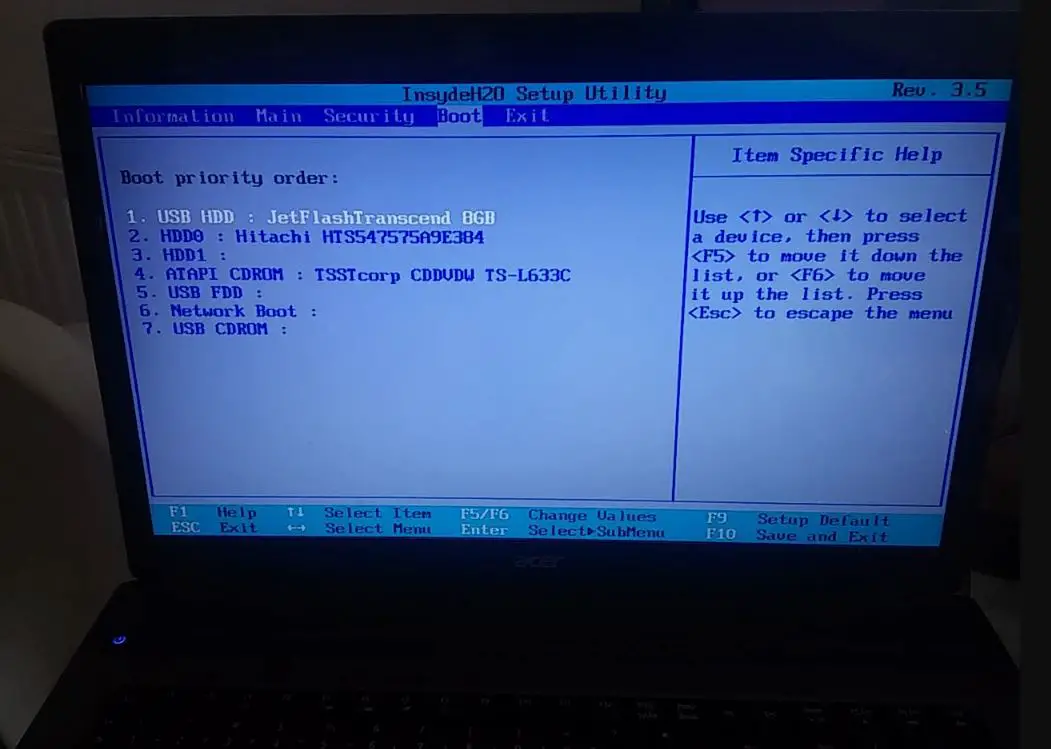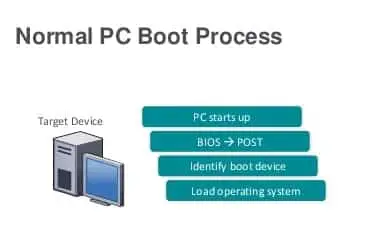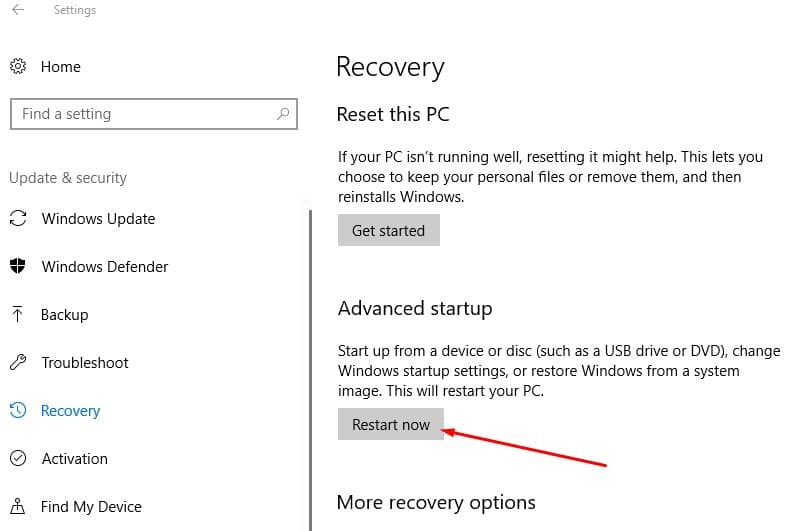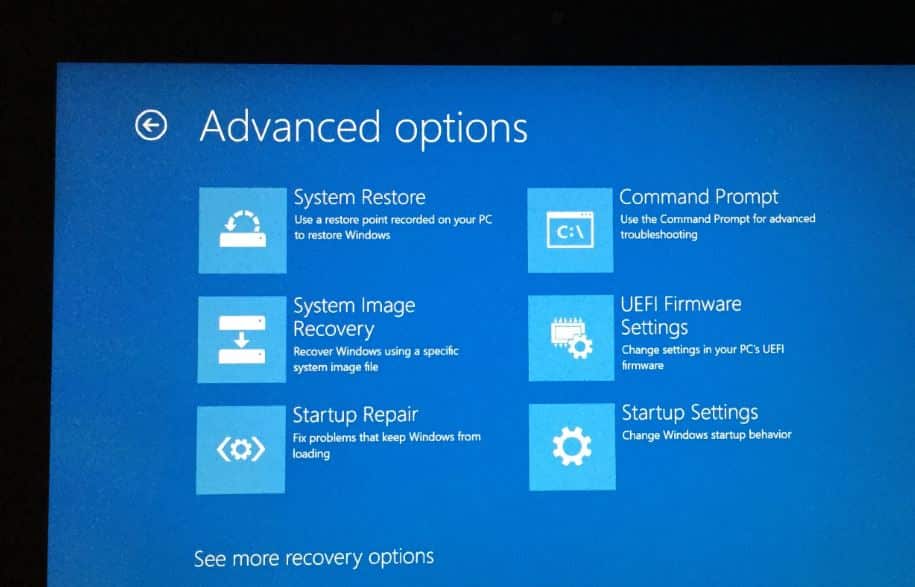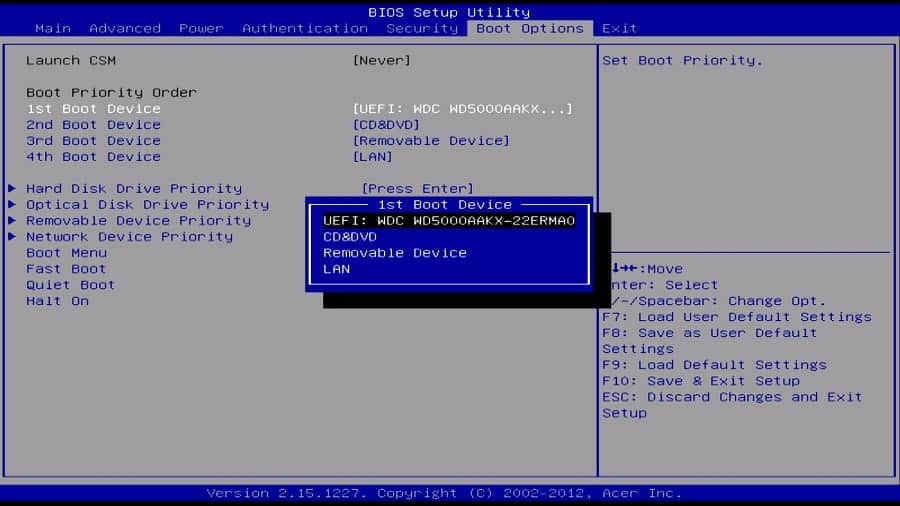The boot order is also known as boot priority, or boot sequence is the order in which the Hardware storage devices are read by the computer BIOS. By default, computers or laptops start with a floppy drive (older computer or laptops) followed by CD/DVD-ROM, Hard disk Drive (HDD), Removable drive (USB drive) and network adapter. If you are looking to change boot order on your computer, for example, boot from a USB drive to reformat your PC using windows 10 bootable USB, this article helps you change the boot order on windows 10.
PC startup process explained
Let’s first understand what happens when you start your computer/Laptop. When you turn on the power switch, the motherboard and the fans have started up and the BIOS (basic input/output system) firmware performs hardware initialization, look for the drive which has the boot sector to load the Operating system. The operating system will load in from the hard disk drive to RAM and your computer start.
If there is no disk drive or no operating system, found it will result No boot device found error. To use an alternative boot device, you need to tell the computer by changing the BIOS boot sequence.
change boot order in windows 10
Suppose you are looking to boot from a USB drive or an external drive, here is how to change the boot order on your computer. Prior to Windows 10, it was possible only by rebooting your device and access the BIOS screen using the F2 or Del key on your keyboard.
Access BIOS on Desktop computer
To change the boot sequence, you need to access the BIOS utility at first. If you have a desktop computer, then Switch on or reboot the computer and press the Del key continuously to enter the BIOS setup utility. Note the BIOS key set by your manufacturer which could be F10, F2, F12, F1, or DEL.
Access BIOS on the laptop
If you have a Dell or HP laptop, press the “F10” key to access the BIOS. It can also be accessed by pressing “Esc,” “F2” or “F6,” key depending on the model of laptop you are using.
Access BIOS from Windows 10 settings
Again Windows 10 Recovery System also allows you to get into your UEFI/BIOS settings from the OS and change your boot order. When you can access the desktop, apply the following steps to access BIOS on Windows 10.
- Open settings using Windows key + I,
- Click Update & Security then recovery, Restart now button under Advanced startup.
- This will reboot your PC, Select Troubleshoot then Advanced Options.
- Next screen with offers options to System Restore, Startup repair, system image recovery, startup settings and more. You need to click on UEFI firmware settings.
- It will reboot your PC and takes you to the Firmware settings.
Change boot priority to USB
When the BIOS setup utility appears, navigate to the boot options tab, Using the arrow key.
- Here you will see the 1st boot device configured HDD (For my Laptop), 2 boot device configured CD&DVD (For my laptop)
- If you want your Removable Device (USB device) as your first boot priority, set it as “number one,” locate there using the arrow key on the keyboard and press the enter key,
- Next, use the arrow keys or + & – on your keyboard to change the order.
- Once done, press the F10 key to save & Exit setup, click yes if ask for confirmation.
Pro Tip: If you have a Wireless or Bluetooth keyboard, it will not work here. You will need a wired keyboard to navigate and change the options.
Wait for the computer to reboot, and check this time windows boot from the USB drive.
Pro tip: Also you can use F11 or F12 to access the boot menu while booting your computer. And select the device you want to boot from, That cause no need to change the boot order.
Also read:
